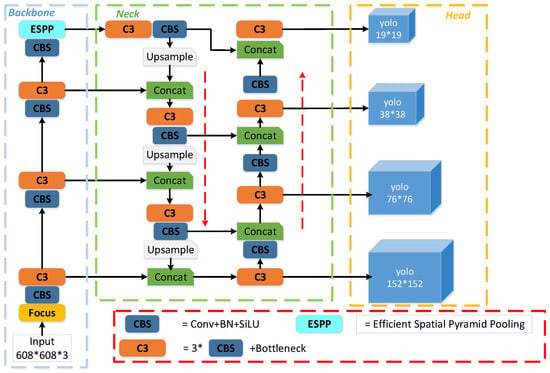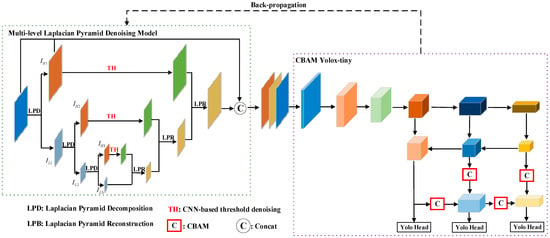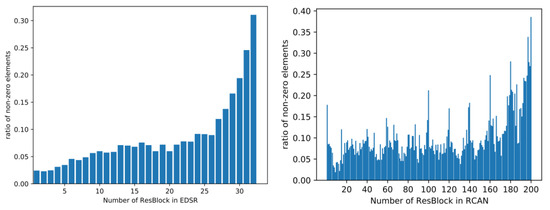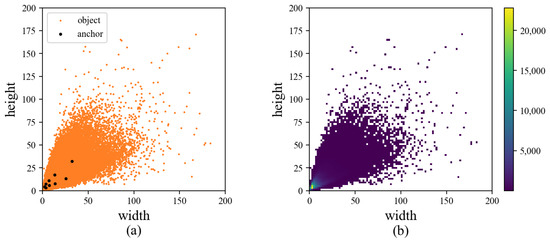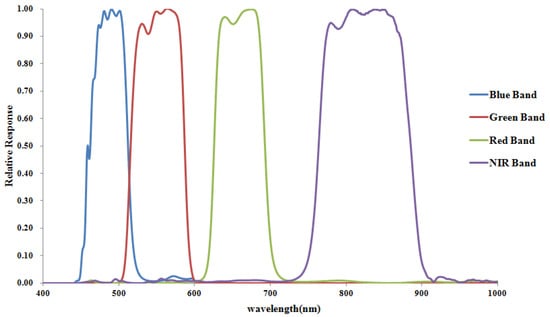Remote Sensing Image Processing
A topical collection in Sensors (ISSN 1424-8220). This collection belongs to the section "Remote Sensors".
Viewed by 16339Editor
Interests: remote sensing; deep learning; artificial intelligence; image processing; signal processing
Special Issues, Collections and Topics in MDPI journals
Topical Collection Information
Dear Colleagues,
Remote sensing image processing is a mature research area, and the techniques developed in the field allow many real-life applications with great societal value. For instance, urban monitoring, fire detection or flood prediction can have a great impact on economical and environmental issues. To attain such objectives, the remote sensing community has turned into a multidisciplinary field of science that embraces physics, signal theory, computer science, electronics and communications.
In recent decades, this area has attracted a lot of research interest, and significant progress has been made. Many advances can be seen concerning image processing techniques of enhancement, analysis and understanding from the intuitive and machine-learning level. Nevertheless, many challenges remain in the remote sensing field which encourage new efforts and developments to better understand remote sensing images via image processing techniques.
The aim of this collection is to collect new research and developments in the field. We invite original contributions, so that current research trends can be presented in this collection.
Dr. Gwanggil Jeon
Collection Editor
Manuscript Submission Information
Manuscripts should be submitted online at www.mdpi.com by registering and logging in to this website. Once you are registered, click here to go to the submission form. Manuscripts can be submitted until the deadline. All submissions that pass pre-check are peer-reviewed. Accepted papers will be published continuously in the journal (as soon as accepted) and will be listed together on the collection website. Research articles, review articles as well as short communications are invited. For planned papers, a title and short abstract (about 100 words) can be sent to the Editorial Office for announcement on this website.
Submitted manuscripts should not have been published previously, nor be under consideration for publication elsewhere (except conference proceedings papers). All manuscripts are thoroughly refereed through a single-blind peer-review process. A guide for authors and other relevant information for submission of manuscripts is available on the Instructions for Authors page. Sensors is an international peer-reviewed open access semimonthly journal published by MDPI.
Please visit the Instructions for Authors page before submitting a manuscript. The Article Processing Charge (APC) for publication in this open access journal is 2600 CHF (Swiss Francs). Submitted papers should be well formatted and use good English. Authors may use MDPI's English editing service prior to publication or during author revisions.






